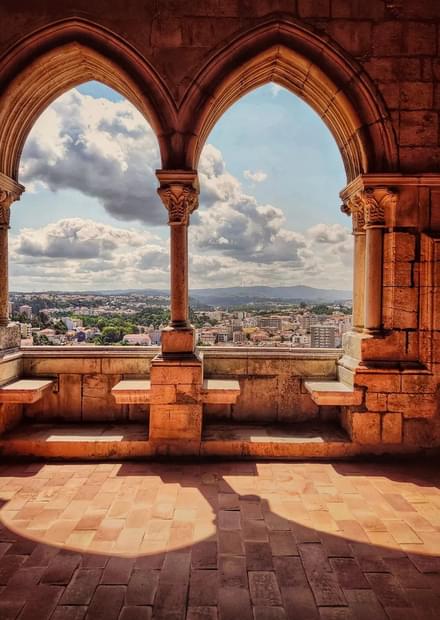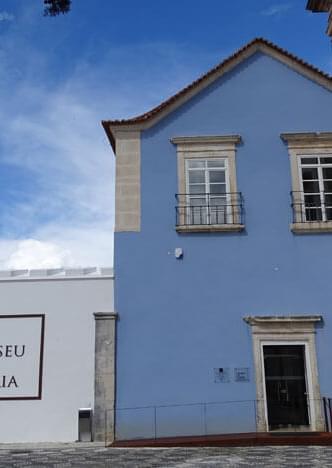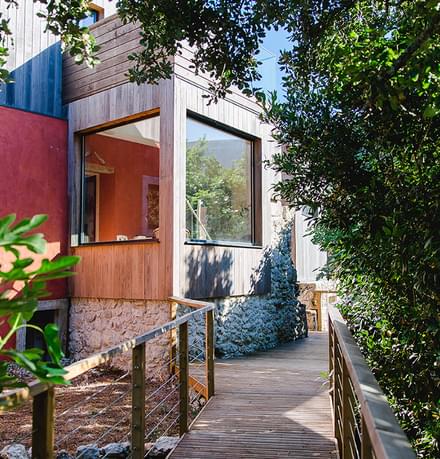In 1769 he bought the old factory of John Beare that was operating since 1748, as well as the attached properties. Therefore he was able to build a new factory, benefiting from the support of Marquis de Pombal, who even offered wood from the pine forest of Leiria, as we can read in the inscription of the Glass Museum.
The former house of the owner was located within the factory perimeter,along with several glass-making workshops, leisure facilities, theatre, schools and private gardens, both in front and on the back of the house. Guilherme Stephens and his brother João Diogo lived here. The later was in charge of the factory until his death, in 1826.
Built on the second half of the 18th century (1770), this building stands out for its neoclassical style, quite remarkable on the main façade.
The factory became property of the State after the death of João Diogo Stephens and the idea of creating a museum was born with the Decree of 1954, establishing the School Factory Irmãos Stephens. However, the museum only came into life many years later. This process began in 1994 and the architectural project was given to José Fava. The museum opened its doors in 1998, presenting not only the history of glass evolution, as well as other related technological and cultural aspects.
















